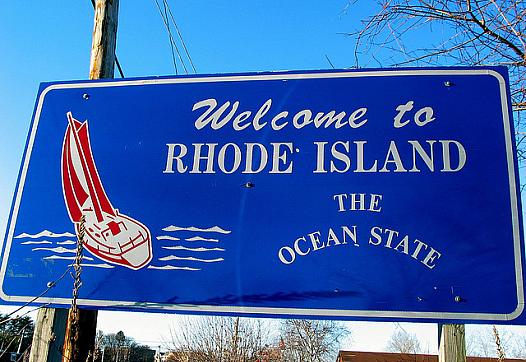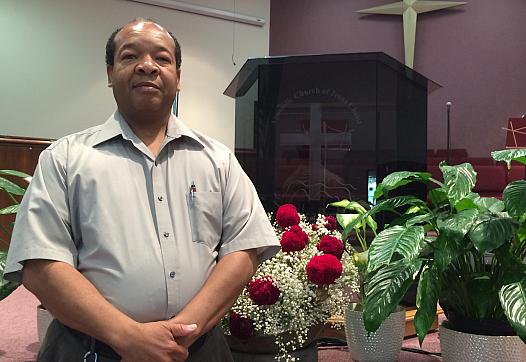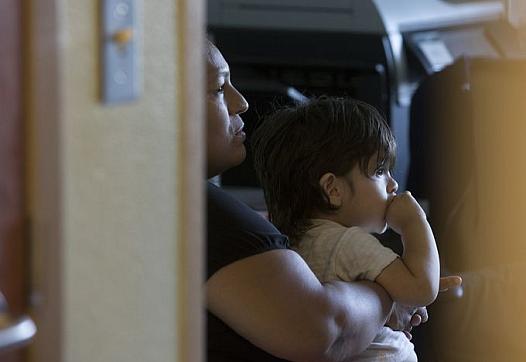
Social workers at Rhode Island’s Department of Children, Youth, and Families say they have too many cases to really make a difference in children’s lives. The agency is already facing criticism for other problems, including one of the nation’s highest percentages of foster children in group homes.







